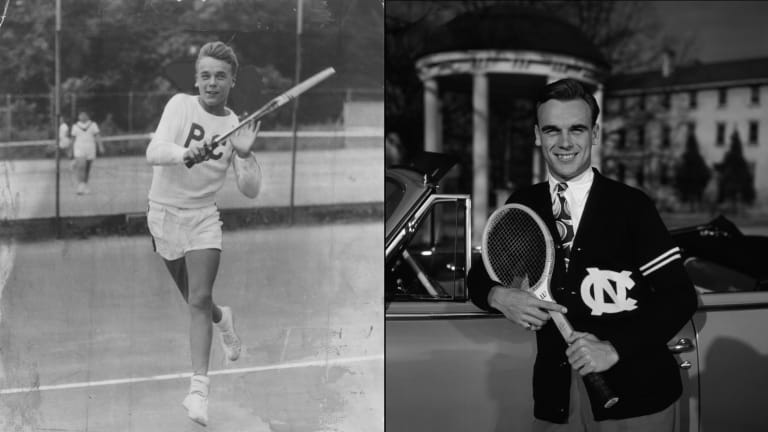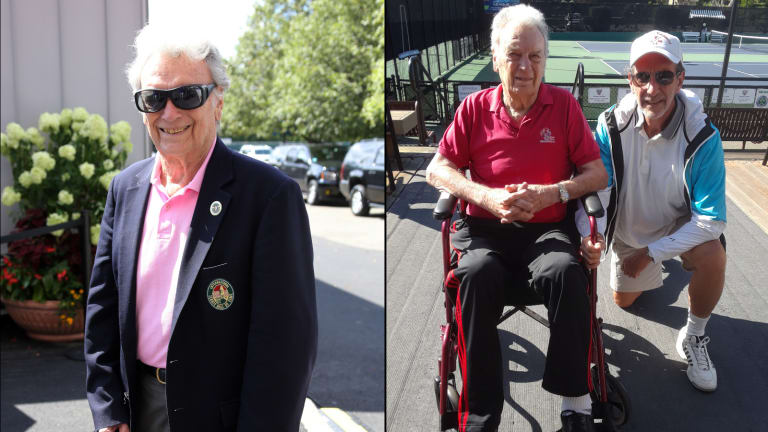There was a time when nothing mattered more to tennis players than the Davis Cup. Few demonstrated his commitment to the competition with more loyalty than Vic Seixas, who died on July 5 at the age of 100.
For seven straight years, from 1951-’57, Seixas represented the United States in the Davis Cup final, in what was then called the “Challenge Round.” All seven were played versus the mighty Australians. But only once did Seixas and his fellow Americans raise the Davis Cup in triumph. That win came in 1954, in Sydney, in front of more than 25,000 Aussie fans on the iconic lawns of White City Tennis Club. A year earlier, at Kooyong in Melbourne, Seixas had lost the fifth and decisive rubber to Ken Rosewall, the brilliant Australian later nicknamed “The Doomsday Stroking Machine.”
But 1954 was different. The Challenge Round began with Trabert avenging his loss to Hoad. Despite having previously lost eight straight matches to Rosewall, Seixas then played one of the finest matches of his career, in four sets taking down the nimble Aussie for the only time in his career. Per usual, Seixas earned the win with nimble movement, crisp volleys and, in this case, a game plan that relied on attacking Rosewall’s weaker forehand.



